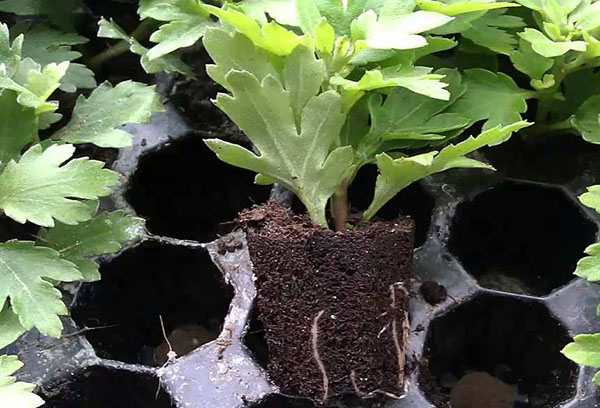The true story of amaranth: is it really useful?
Today on the Internet you can often find advertisements for amaranth seeds. This brand goes well with beautiful stories that by eating the stems, foliage, grain of a plant, the oil extracted from it, and so on, one can live for almost two hundred years, and at that, young and healthy. Various neo-pagans of the Slavic persuasion - Rodnovers, Levashites and other similar audiences - were especially successful in this matter. We will look at how useful the plant really is, as well as briefly about its history, a little further.
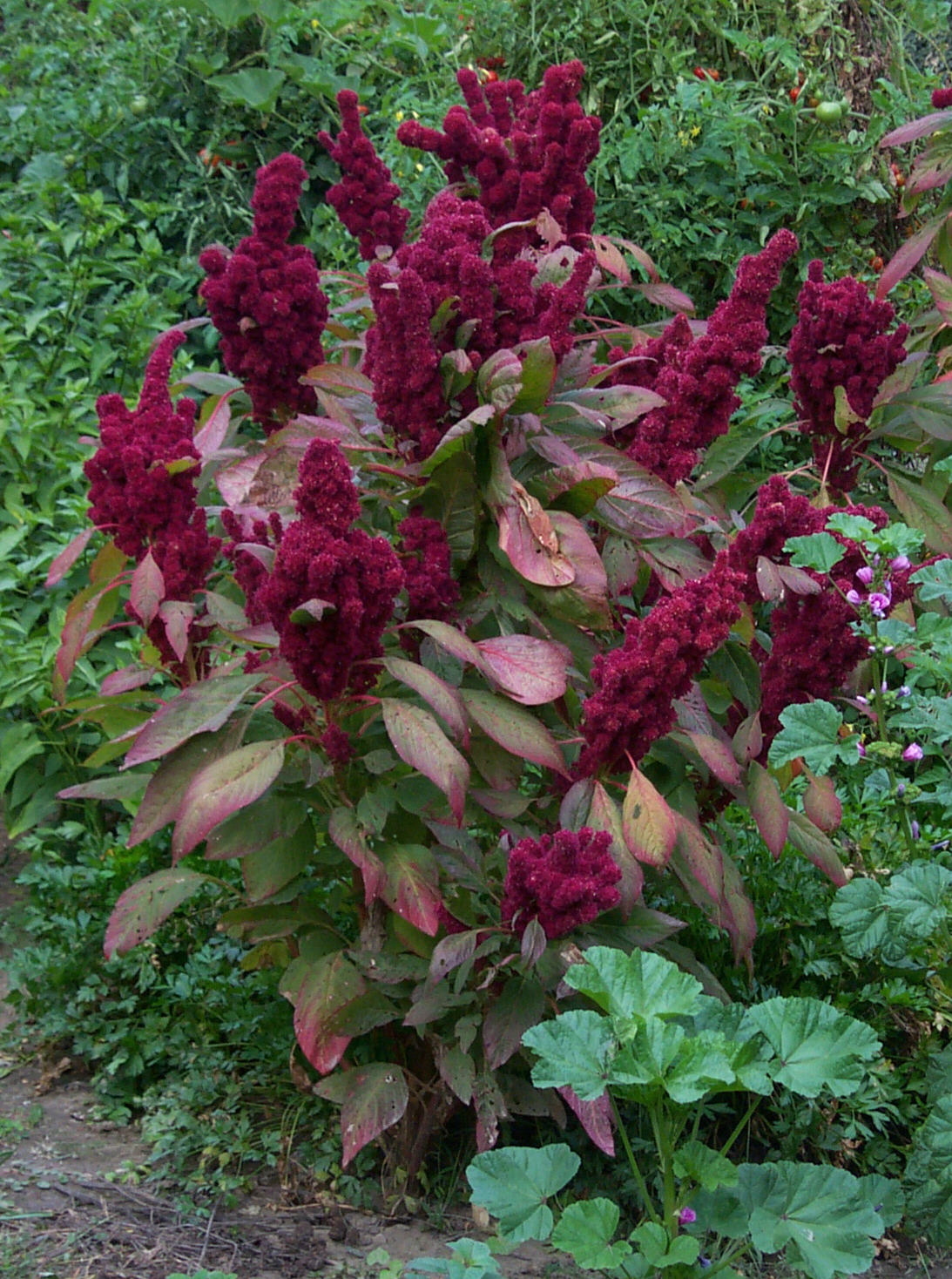
The content of the article
True to its name
The word "amaranth" means "unfading flower". The name is due to the fact that, being picked and dried, it retains its shape, does not crumble for up to 3-4 months and can easily stand all winter. By the way, it looks very beautiful, especially an ornamental variety like tricolor amaranth (see photo). In addition to this name, it is also called shchiritsa (wild varieties), foxtail, velvet, cockscombs.
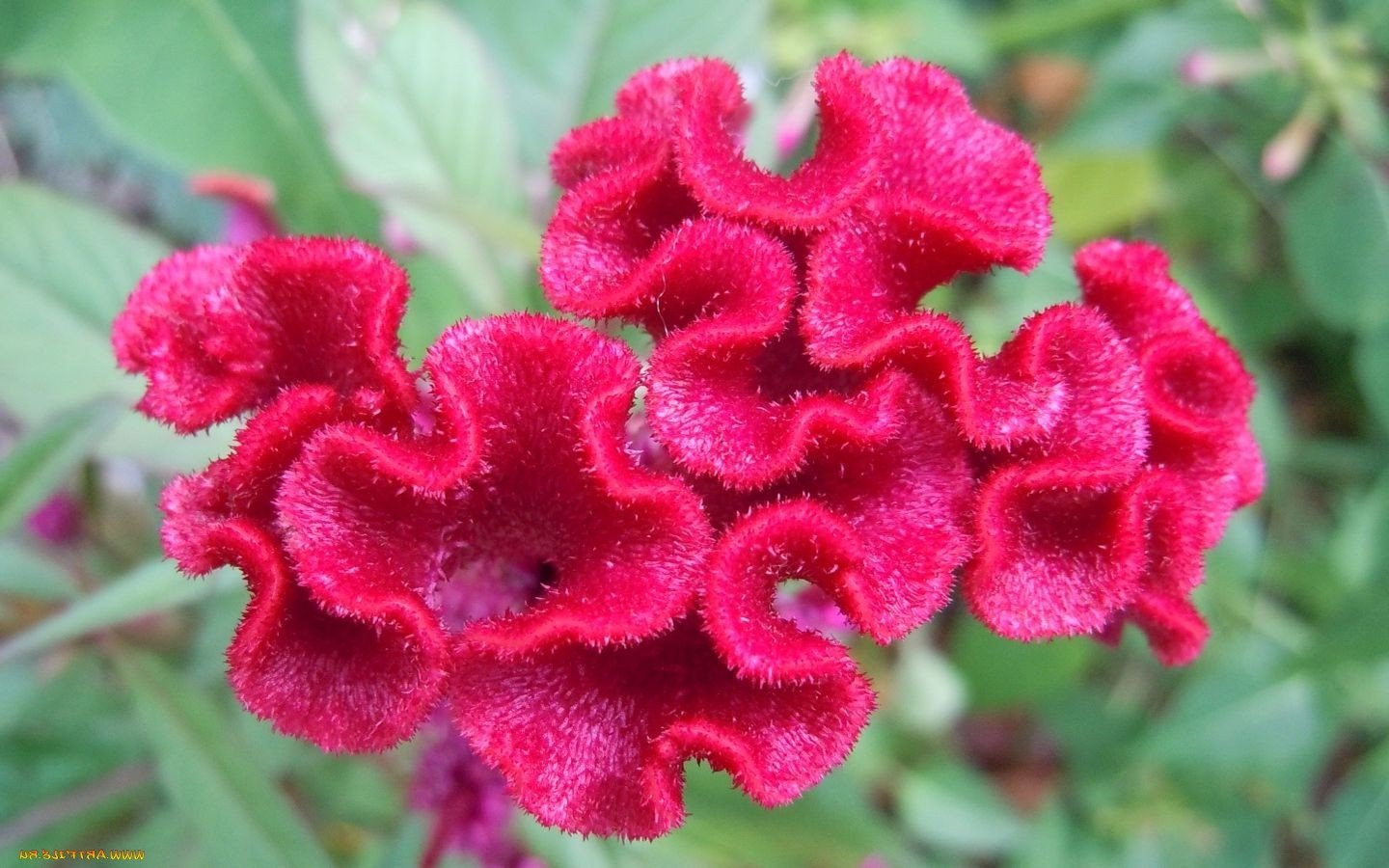
Useful properties of amaranth
The plant is widely used in folk medicine as a tonic, strengthening and hemostatic agent for disorders of the genitourinary system and intestines, including hemorrhoids and constipation. It is also used to relieve symptoms of respiratory tract diseases.
Oil extracted from amaranth seeds is indicated for gastritis, peptic ulcers of the stomach and intestines, and has a beneficial effect on liver function in alcoholic and industrial cirrhosis of the liver, hepatitis, including viral. Helps with high blood pressure, ischemic diseases, problems with blood vessels, pre-infarction and pre-stroke conditions, and also as a strengthening agent after strokes.
According to some unverified data, by including this plant in your diet, you can not only avoid cancer, but also cure it. To be honest, I personally don’t know a single person who has been healed in this way.
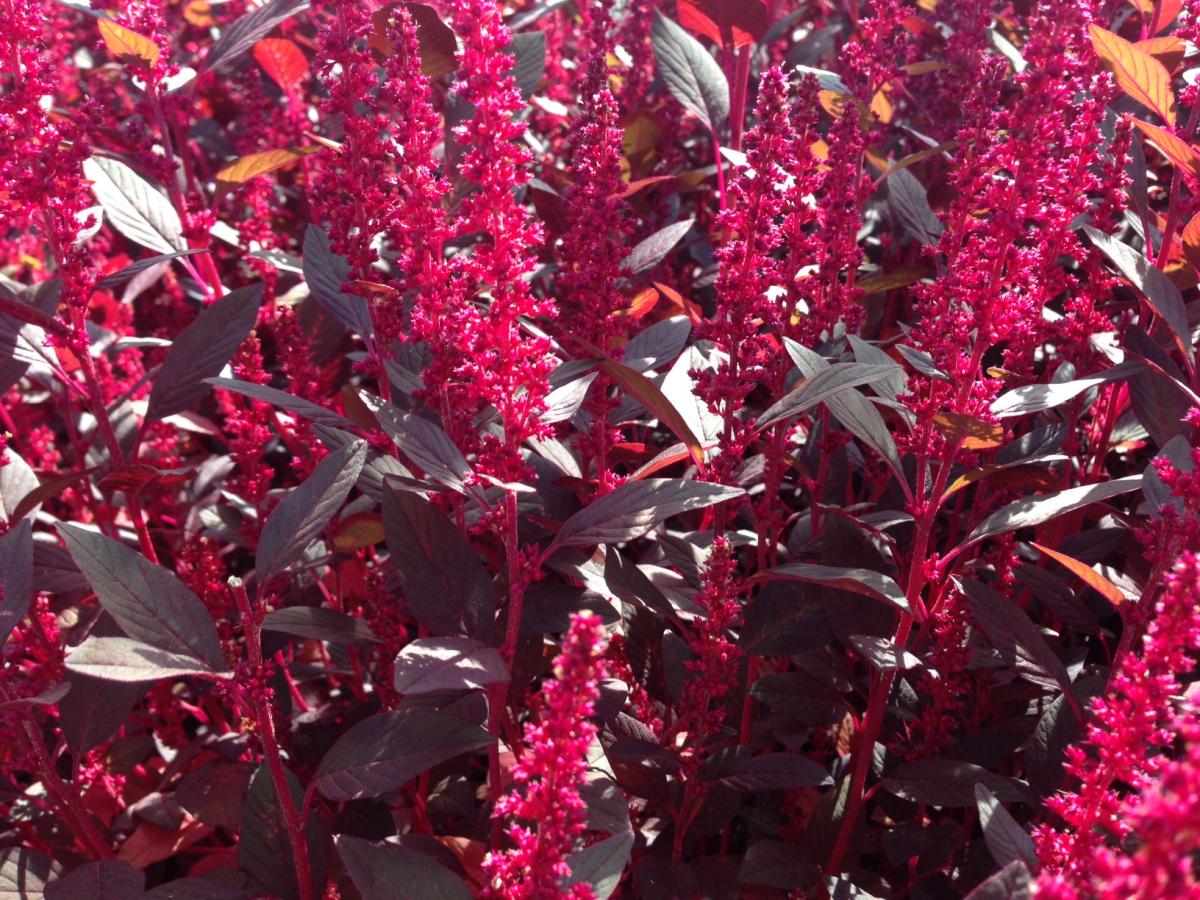
Practical use
For thousands of years, amaranth was the main food source, along with corn and beans, of the indigenous peoples of South America and Mexico. Today in Nepal, China, Pakistan and India in the mountainous areas, it is also common as a vegetable and grain crop.
Young leaves of the plant, somewhat similar to spinach, are served as a vegetable dish. It is served both raw (salads) and cooked (soups, sauces); the dried leaf is also suitable for food.
Amaranth grains, which are very small in size (0.5-0.8 mm in diameter), are used as a grain crop. Flour is made from them, which is mixed with wheat in certain proportions (usually 1:2), and bread is baked. Amaranth flour is not used in its pure form, since baking cannot be made from it. Such bread is much healthier than ordinary wheat bread due to its high protein content and is considered a dietary product.
Amaranth is widely used as a feed crop for livestock and poultry. Pigs and cattle readily eat both silage, which has a characteristic pleasant smell of apples, and fresh greens.
Four varieties are used as ornamental crops: sad, paniculate, tailed and tricolor amaranth, although most types of amaranth also look quite good.
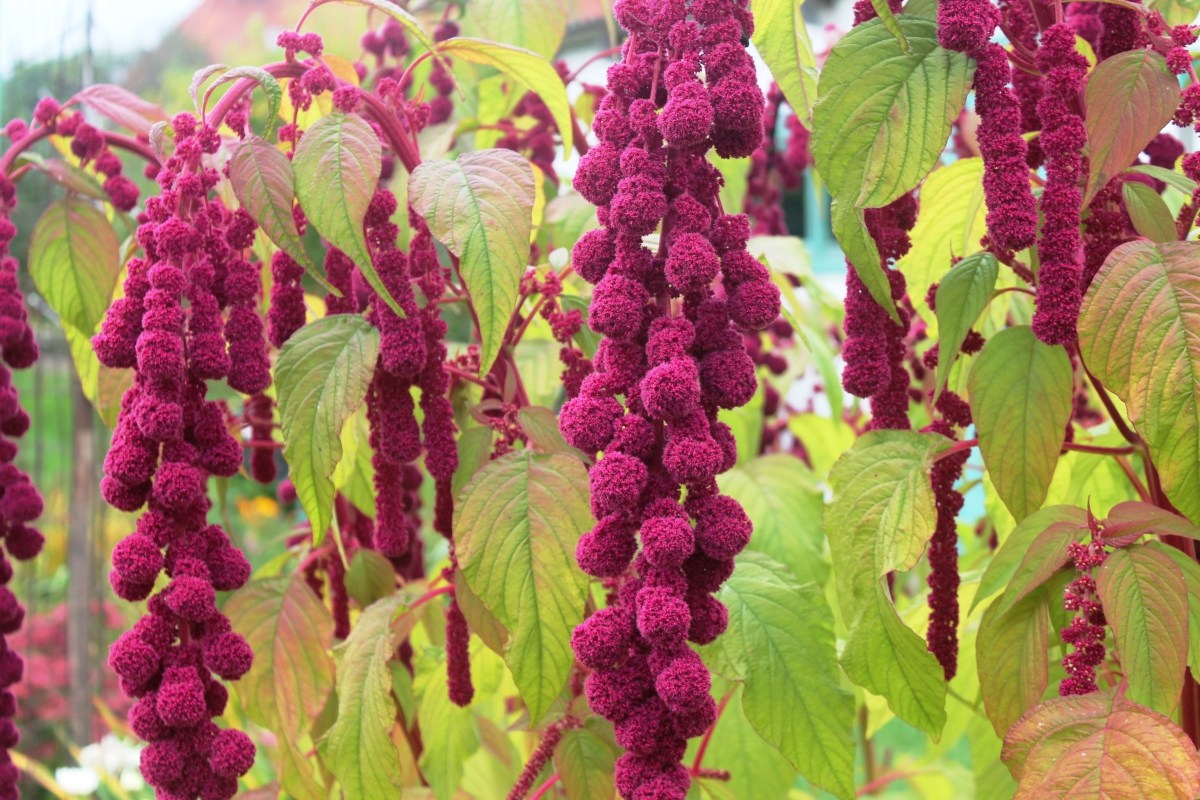
Consigned to oblivion
In America, as has already been written, before the arrival of the Spanish conquistadors, amaranth was one of the main cultivated plants. After colonization and the fall of the Inca and Aztec civilizations, it was almost completely forgotten. Amaranth was branded by the Spaniards as a plant of the devil, since, in addition to purely gastronomic, it also had ritual significance among the local population - they seemed to drive out evil spirits with the help of panicles from the plant. And you know, you have to fight evil, which is what the Spaniards enthusiastically did, completely banning the cultivation of amaranth and destroying its crops.
Whether Peter I forbade the cultivation of this crop or not is a very controversial issue. Let's start with the fact that no written confirmation or any of his decrees have survived. And here we must give the Emperor his due - he wrote the decrees personally, and on an industrial scale, as they say, and sometimes quite idiotic. For example, people with red hair or squint were prohibited from holding public office. Or this: the junior in service to the boss must be “dashing and foolish, so as not to embarrass his superiors with his understanding.” But that’s not what we’re talking about. The climate of our country, to put it mildly, is not very conducive to growing amaranth, except in its southern part, the plant is quite heat-loving.And if Peter brought potatoes and tobacco from Europe and contributed to their spread, and Catherine II also treated tomatoes favorably, then why would Peter suddenly make a fuss about amaranth? He had enough problems with the Swedes, Zaporozhye and Don Cossacks, and now he was depriving the peasants of their food supply?
In all likelihood, at that time in the Russian Empire, with the exception of wild amaranth, which was successfully used as livestock feed, no one had heard of amaranth.
Be that as it may, today in the world amaranth is recognized as a promising grain and vegetable crop, and great hopes are placed on it. It is unpretentious and does not require moisture, which is important in the context of declining fresh water supplies in the world. And in order to have a complete idea of the nutritional value of amaranth, I will provide data on the composition of its seeds for various varieties:
— protein 13-21%;
— fats 6-9%;
- carbohydrates about 74%.
At the same time, they contain a wide range of vitamins - A, B, C, E, K, PP, as well as almost half of the periodic table - sodium, calcium, magnesium, potassium, phosphorus, iron, copper, selenium, zinc, manganese. The nutritional value of the product is about 370 kcal.




